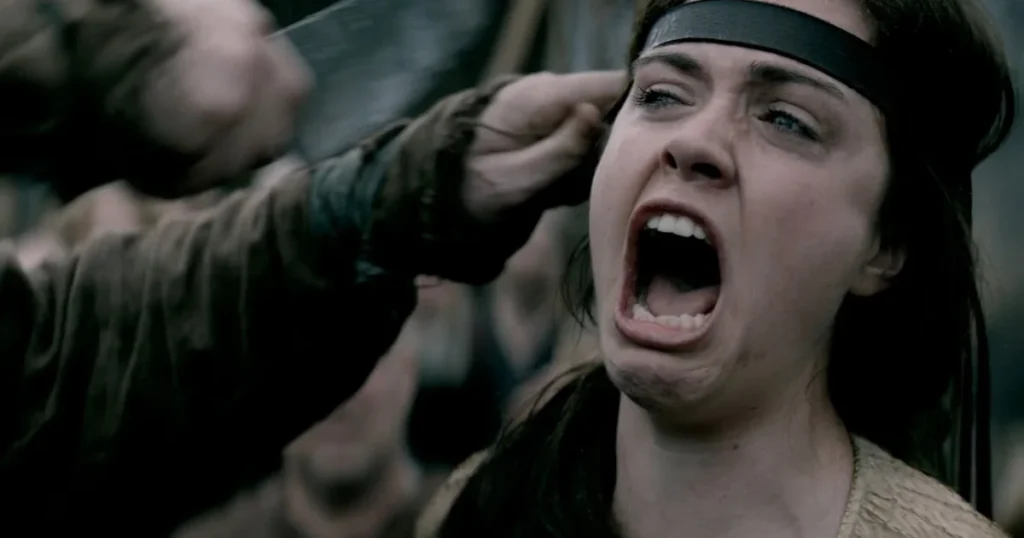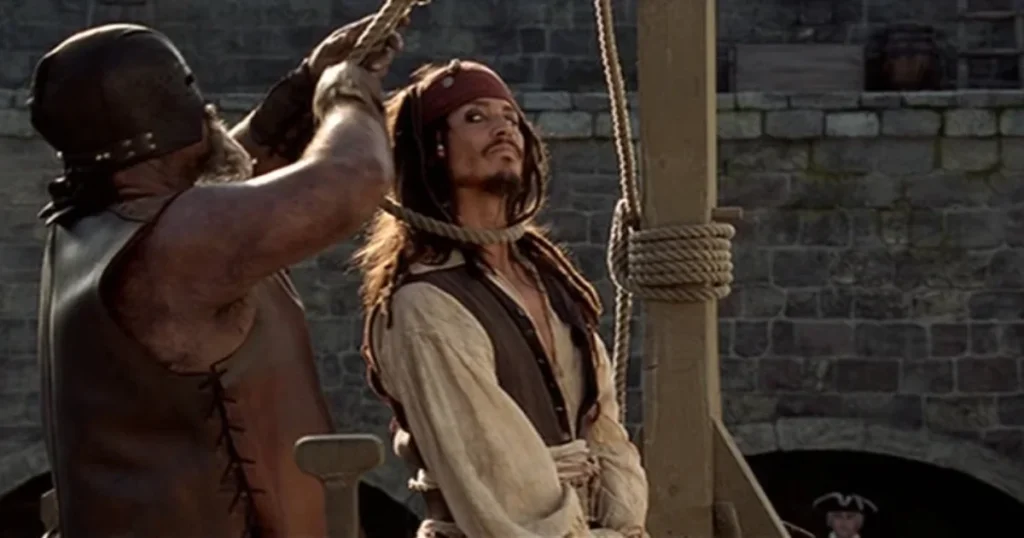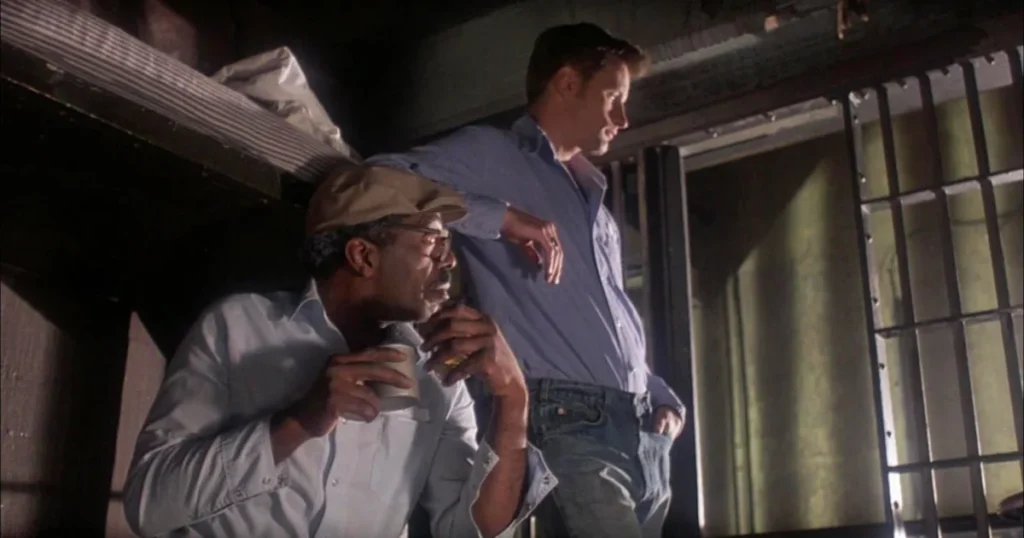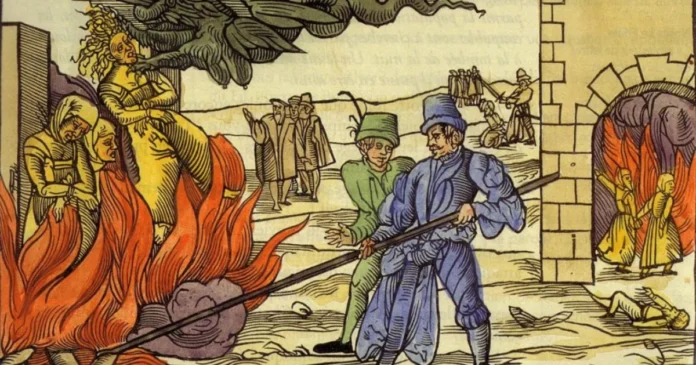The medieval period was an age of tremendous tumult on all social and political fronts. Crimes against the same were therefore pressed for heavy fines and corporal punishment. This blog shall explore the most common medieval punishments and their rationale.

The most popular among the medieval punishments was corporal punishment, which involved flogging, whipping, or branding. These methods were used to punish areas from theft to serious offenses including murder and treason. The reasons for this were varied.
First, corporal punishment was practiced as a visible deterrent. Punishing the crime in public by whipping or branding was aimed to terrify the vast masses, and learn to be law-abiding citizens by seeing the monstrous consequences of acting against the law. Witnessing the actual punishments reconfirmed even further the power of the legal system upon the subjects and was a grim reminder to the potential offenders.
Second, corporal punishment was cheaper and easier to administer than other forms of punishment, including imprisonment. Indeed, medieval societies often lacked the resources to construct and operate large-scale prison systems. Hence, corporal punishment became a pragmatic solution to enforcing order and discipline.
Finally, it was a deeply rooted belief that corporal punishment would somehow lead to the reformation of criminals. Physical pain and public shame would create fear in the convicts and hence prevent them from repeating the offenses and turn them into better civilian people. This notion of the reformative effects of corporal punishment was one of the significant reasons that it was applied in virtually all the medieval systems of the world.
Capital Punishment
During medieval times, capital punishment with some extreme methods like hanging, burning at the stake, and beheading held its ground. The system of medieval punishments was to be brutalized only in extreme forms of crime such as murder, treason, and heresy. Quite several important factors relate to the pervasive nature of capital punishment during this time.

First and foremost, capital punishment was a means to save society from unwanted criminals. By carrying out the death penalty for those who committed severe crimes, authorities believed they were getting rid of society’s disturbing elements and ensuring its safety. The goal was to prevent the criminal from repeating his offense and to give confidence to the community regarding their safety.
The second reason was that capital punishment served to act as a strong deterrent to crime. The public execution of criminals served to remind all and sundry of what awaited them if they broke the law. The fear of ending up like those brutally punished was believed to keep people from ever daring to commit crimes of a grievous nature in the first place and thus maintain the social order.
The third belief was that, by capital punishment, the soul of the criminal would be cleansed. Consequently, capital punishment served only in the direction of meting out criminals not only justice but also providing them with the last opportunity to repent and get saved. This belief in spiritual cleansing toward the condemned combined, therefore, with religious and moral values and further reiterated the use of capital punishment as a necessary and just practice in medieval society.
Imprisonment
In medieval times, imprisonment was a very rare of the medieval punishments compared to today. In those days, medieval prisons were very filthy and overcrowded. As a result, the prisons became places that people tried to avoid and be afraid of. In some cases, imprisonment was used for offenses such as debt or petty theft, and more of a temporary one than a permanent solution.

Various factors contributed to this limited use of imprisonment. First, and most importantly, was financial. Prisons were costly to undertake and operate. Indeed, medieval societies almost always lacked the resources and institutional conditions to maintain large prison systems for medieval punishments. The insecurity of detention facilities and the very expense of maintaining basic provisions, like food, drink, and sanitation, actually made it more expensive to hold prisoners than other forms of punishment.
For the most part, these houses of correction were seen as being incubators of crime and vice. The abhorrent conditions, supplemented by a lack of supervision along with the presence of hard-core criminals within the prison walls, fostered an environment that allowed for criminal behavior to further develop and flourish. Instead of reforming offenders, imprisonment was thus feared to accentuate criminal tendencies and promote the exchange of criminal knowledge and skills.
Thirdly, it was believed that imprisonment would not reform the criminal. The punishing and isolating elements of imprisonment were considered inadequate to achieve moral improvement and hence to deter future crimes. Instead, corporeal and capital punishments were preferred, as they were more immediate and visible in effect; consequently, they had a stronger deterrent impact on both the individual and the community.
These are the factors that contributed collectively to imprisonment being relatively infrequent during medieval times, setting in place a justice system that relied more on corporal and capital punishment in the maintenance of order and enforcement of law.
Other punishments
Apart from corporal punishment, capital punishment, and imprisonment, there were other punitive measures of medieval punishments that medieval societies used to inflict discipline and keep the respective societies in line. Such additional punishments included fines, banishment, and mutilation, all of which had different purposes about the severity and nature of the crime committed.

Fines were another ordinary penalty for lower-class crimes such as assault, defamation, or public order breaches in almost all cases. From the monetary aspect, the authorities aimed to deter crime from the aspect of physical punishment, while at the same time trying to make as much money from fines imposed.
That meant that the criminals were being banished from society to prevent possible harm to the public. Typically, the offenders were subjected to banishment; it was an obligatory departure from the community or a country for a provided period or, in some cases, for good. This system was effective in small swaddled communities; in this case, a criminal caused grave social unrest. Banishment, in this sense, was used as both a punitive and exiling measure for unwanted and hazardous personalities.
The most weighty kind of penalty that was always fitting for crimes, such as theft, robbery, or murder, was mutilation. The concrete mutilations could consist of cutting off hands, ears, or other parts of the body so that the criminal is permanently marked and cannot commit crimes again. It was not only a real, physical debilitation but a strong form of public humiliation, pressing home the social norms, and also shocking others so that they would not repeat similar crimes.
These different medieval punishments illustrate the various approaches that different medieval societies had to laws and their reinforcement. Each had thereby been tailored to make clear what sort of offenses are not to be committed, therefore a different kind of criminal, hence complex justice systems was made specifically suiting the needs and values of such a period.
You might also like: Top 10 secrets of Queen Elizabeth
How crimes and criminal offenses were dealt with in the medieval ages more than often came out as brutal and harsh. Several factors contributed to this: firstly, the social and political unrest of the period; second, there was this feeling that the punishment should act as a deterrent for the prevention of bigger crimes, and, third, that the medieval punishments could help in reforms for the criminals. For more such interesting stories, follow our Culture page.


